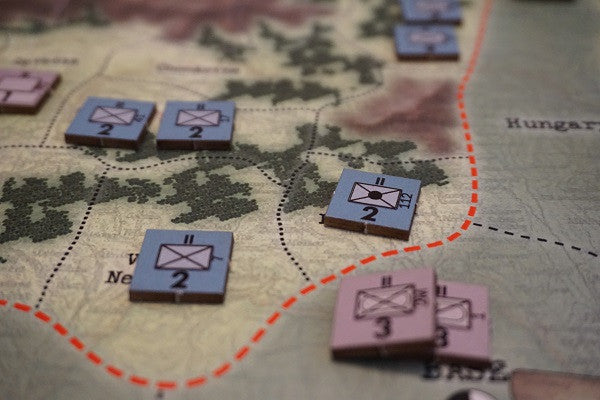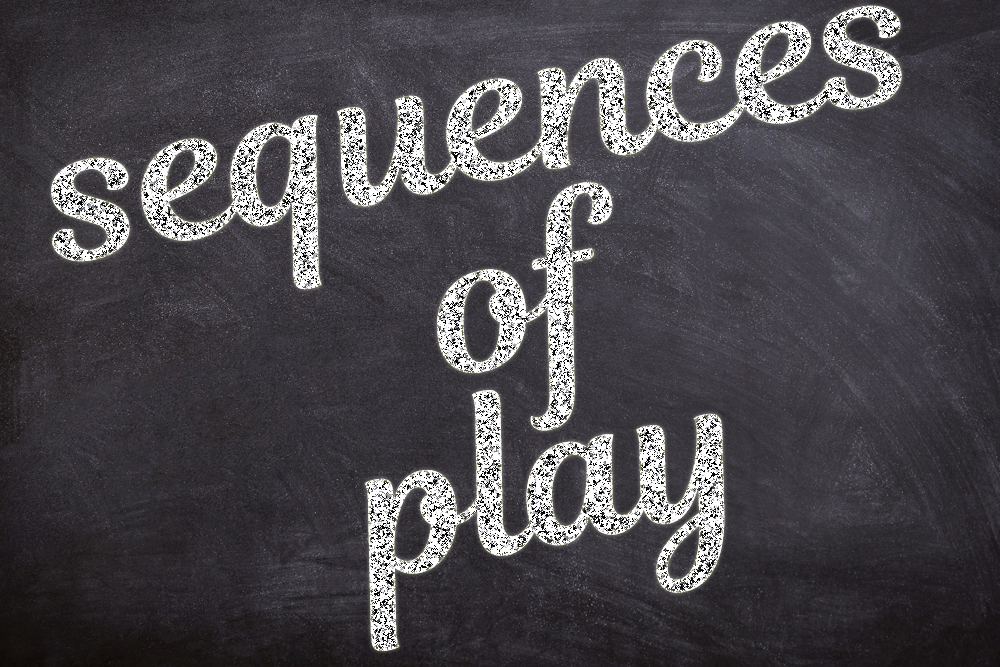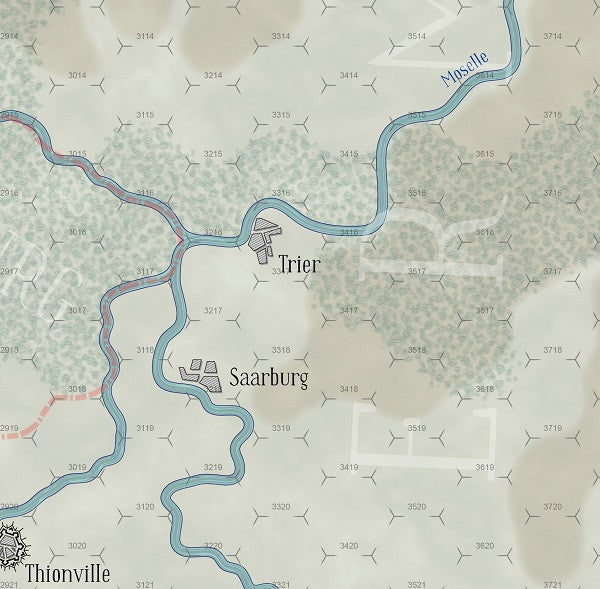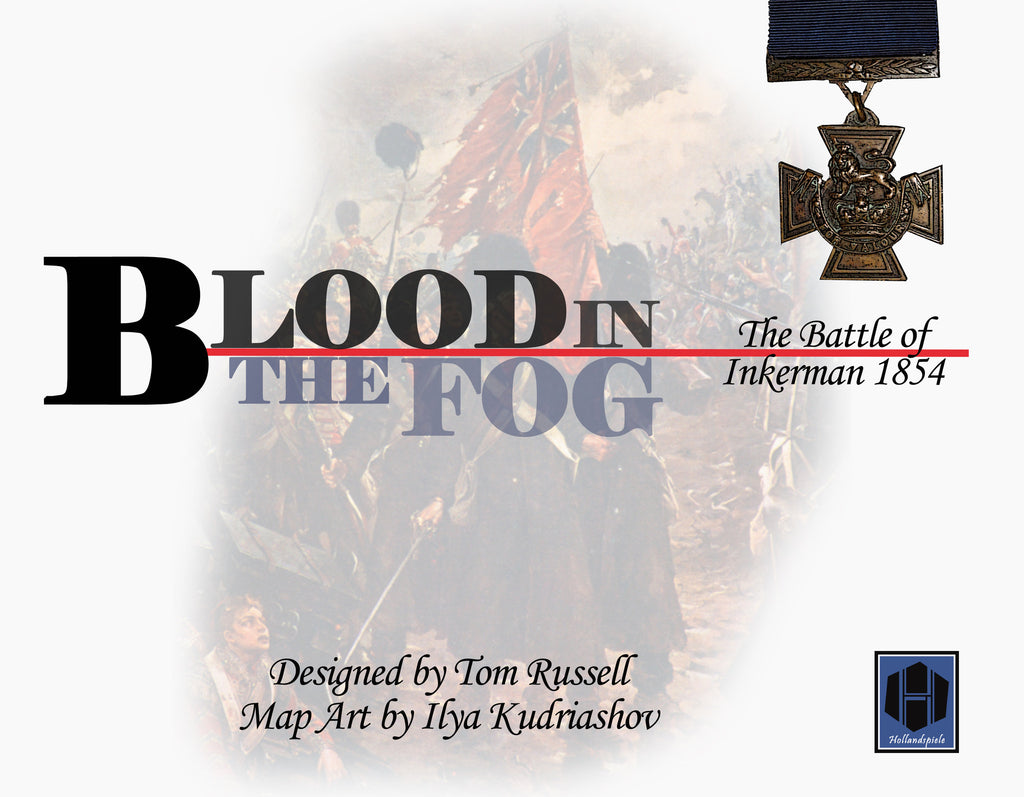Hollandazed: Thoughts, Ideas, and Miscellany — gameplay
DESIGNER'S REMARKS ON THE LITTLE WAR (by Brian Train)

Okay, here is a game on the short but spirited border war between Slovakia and Hungary that happened in March 1939! How long have you been waiting for this one? And what the heck happened anyway? Territorial changes of Slovakia: land ceded to Hungary before (red) and after (blue) the war (Wikipedia) Well, it’s kind of complicated. After Germany annexed the Sudetenland region of Czechoslovakia in September 1938, other parts of that country started to fall away. In October Carpathian Ruthenia and Slovakia declared their autonomy within Czechoslovakia, and Poland took the Zaolzie (Teschen) region. The following month large strips...
DESIGNER'S REMARKS ON UKRAINIAN CRISIS (by Brian Train)

Over the weekend of March 14-16, 2014, the people of the Crimea held a referendum to decide whether they should stay in Ukraine. This came after months of escalating tension, brinkmanship and low-level violence between the Ukrainian and Russian ethnicities inside Ukraine, and between their “parent” countries. This looked like either a solution to the crisis, or an escalation. So, I did what anyone with an interest in current events and a few hours on his hands would do: I took some time over that weekend to create a game on the crisis, rather uncreatively titled Ukrainian Crisis (hey, I...
SEQUENCES OF PLAY (by Tom Russell)

When Mary and I evaluate a game, one of the first things we look at is the Sequence of Play. Perhaps the most important part of understanding a game is understanding what a player does on their turn. It doesn't mean that we're looking for anything really ornate, or fancy, or different for the sake of being different - we have published, and will continue to publish, games that stick to "Player 1 Move, Player 1 Combat, Player 2 Move, Player 2 Combat" - but it does mean that we're trying to get a sense of how that turn is...
TEE-EEE-CEE (by Tom Russell)

Detail of Plan 1919 map, map art by Ilya Kudriashov I've tried, with varying degrees of success and failure, to impart my love of wargaming to others. Sometimes it's an uphill battle. I've had folks who told me they weren't interested in war (but who started playing Call of Duty immediately after abandoning our game of Hammer of the Scots). I've had folks who weren't thrilled with the cardboard and paper. There have been surprisingly few people who have had problems with odds ratios, for all the hay that's been made about math anxiety. Extra little chrome rules don't pose...
RUSSIAN VICTORIES AT INKERMAN (by Tom Russell)

"A panoramic view of Inkerman", 1854, William Simpson. One of the most interesting things about the Battle of Inkerman is that what should have been a Russian slam-dunk (sneak attack, dense fog negating the long-range of the Allied Minié Rifle, not to mention what was originally a five-to-one advantage in numbers) turned into a decisive, humiliating, lopsided defeat. The mechanisms that power Blood in the Fog are designed to recreate the factors that led to that lopsided Allied victory. That doesn't mean that the Russians can't win, however. It's harder for them to do so, and I would advocate that...
